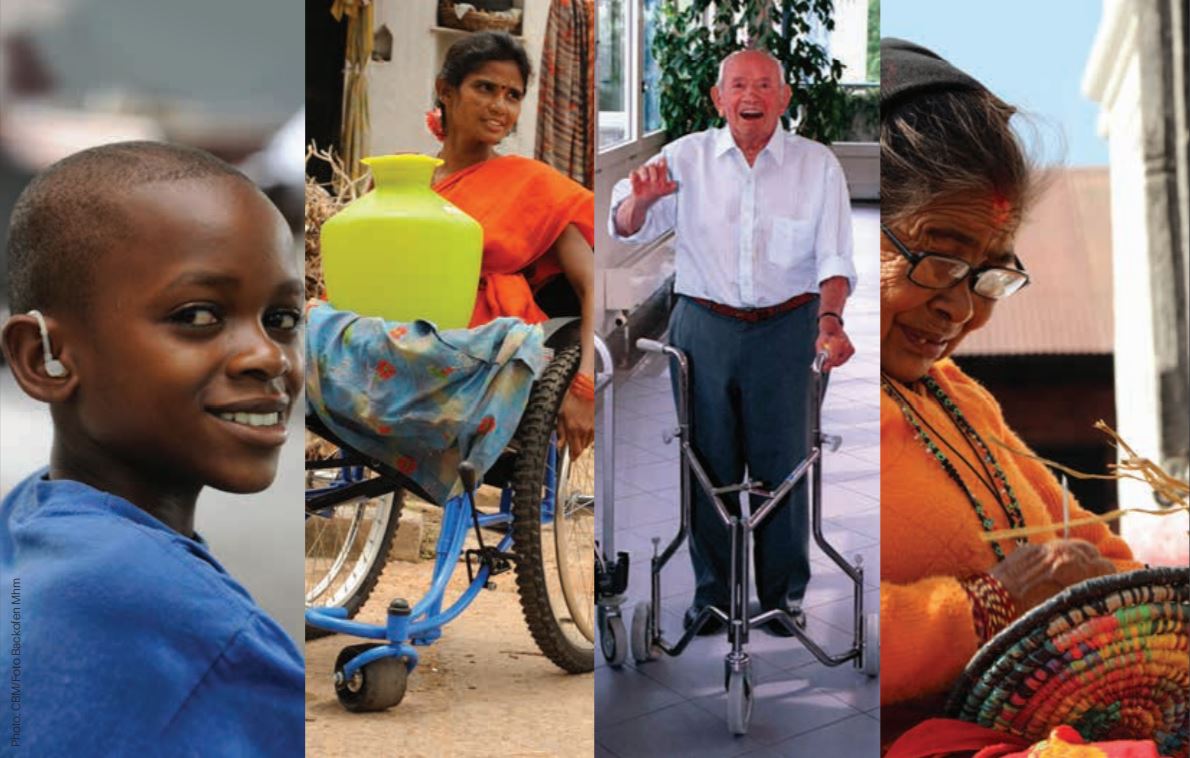2019 Jul 06
The World Health Organitation (WHO) estimates that more than one billion people are in need of one or more assistive products (mostly older people and disabled persons). With populations ageing and the rise in noncommunicable diseases, this number is expected to increase to beyond two billion by 2050.
Currently, only one in ten people in need have access. WHO established the Global Cooperation on Assistive Technology (GATE) to assist Member States to improve access to assistive technology as a part of Universal Health Coverage. The objective is a world where everyone in need has access to high-quality, affordable assistive products to lead a healthy, productive and dignified life.
What is Assistive Technology for Disabled Persons?
According to the Assistive Technology Industry Association (ATIA), Assistive Technology (AT) consists of products, equipment, and systems that enhance learning, working, and daily living for persons with disabilities. As stated by the WHO, AT is the application of organized knowledge and skills related to assistive products, including systems and services. Assistive technology is a subset of health technology.
In 2011, the World Report on Disability collated evidence for the global unmet need for assistive products of all kinds. Now it is known that many people have little or no access to basic assistive products, even in some high-income countries. Today, few countries have national assistive technology policies or programmes. As a result, access to assistive products is far from universal: the majority is left behind.
Some Global Key Facts:
- Assistive products improve individual’s functioning, independence and well-being, as well as their families’. Consequently, AT advantages are also socioeconomic.
- Hearing aids, wheelchairs, communication aids, spectacles, prostheses, pill organizers and memory aids are all examples of assistive products.
- Globally, more than ONE BILLION people need one or more assistive products.
- With an ageing global population and a rise in noncommunicable diseases, more than TWO BILLION people will need at least one assistive product by 2030, with many older people needing two or more.
- Today, only 1 in 10 people in need have access to assistive products
Factors Driving a Lack of Access to Assistive Technology:
- Very few countries have a national assistive technology for disabled persons policy or programme. In many countries, access to AT in the public sector is poor or non-existent. Even in high-income countries, assistive products are often rationed or not included within health and welfare schemes.
- The assistive products industry is currently limited and specialized, primarily serving high-income markets.
- Trained health personnel are essential for the proper prescription, fitting, user training, and follow-up of assistive products. Without these key steps, assistive products are often of no benefit or abandoned, and they may even cause physical harm (as is the case of providing wheelchairs without pressure relief cushions for people with spinal injury).
Global Initiatives: the APL
WHO launched in May 2016 the first Priority Assistive Products List (APL) including essential items for many older people and people with disabilities to be able to live a healthy, productive and dignified life. Among the 50 assistive products selected, there are included mouse and keyboard emulators to access computers, mobiles and tablets, such as software like the app from Mouse4all, that interfaces between switch and the electronic device (smartphone or tablet) to operate it with relative ease without needing to touch its screen.
APL will be a potential game-changer in improving access to assistive products globally that is why WHO is working on additional tools to help State Members to support coherent, prioritized national assistive technology policies and programmes that should be integrated into Universal Health Coverage.


